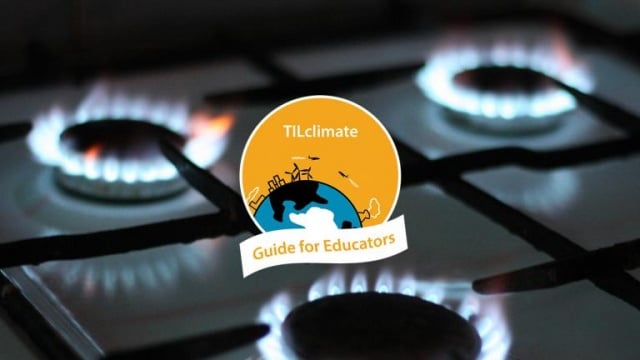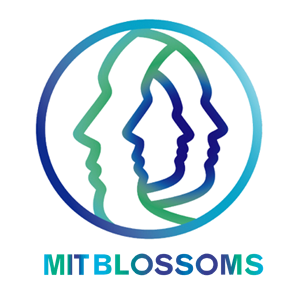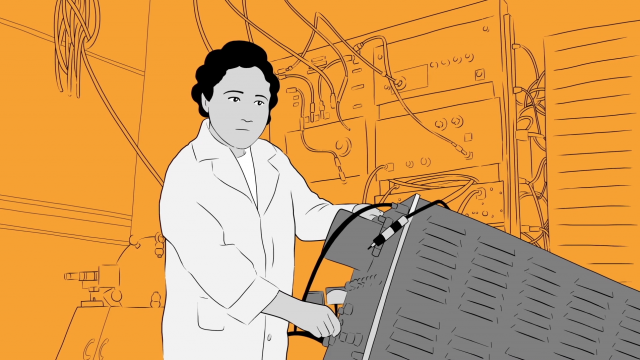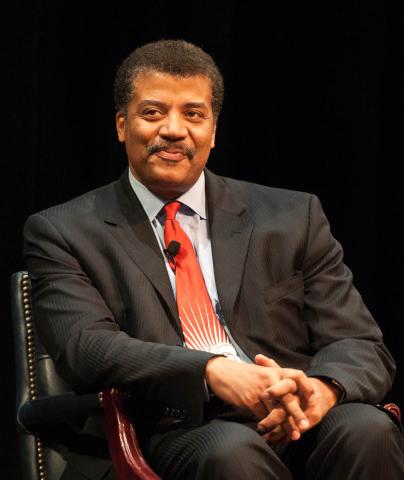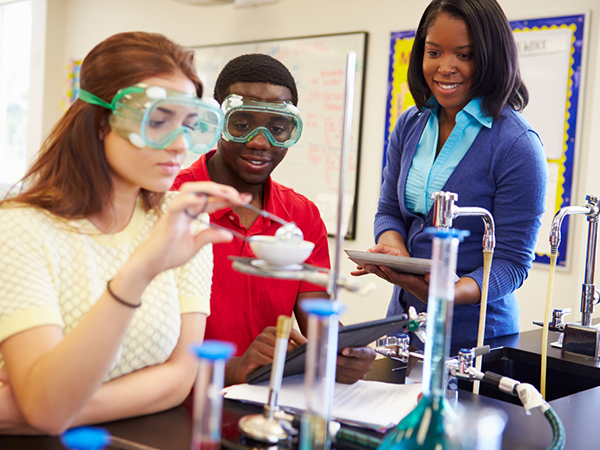About This Lesson
Description:
While the terms energy and electricity are often used interchangeably in daily life, understanding the distinction helps students better evaluate energy-related climate solutions. Students explore US energy and electricity data from 2001-2018 to distinguish between the terms and understand their future.
SWBAT:
- Explain that energy is a general term, and that electricity is a specific form of energy.
- Understand that electricity is generated from multiple sources whose use has changed over time in the US.
- Understand that each sector of the economy uses energy and electricity in different ways.
- Name one solution that changes US energy and/or electricity use in a way that reduces heat-trapping gases.
Skills:
- Reading and interpreting line graphs
- Communication
Students Should Already Know That:
- Energy is the capacity of an object or system to do work.
- Electricity is one form of energy.





